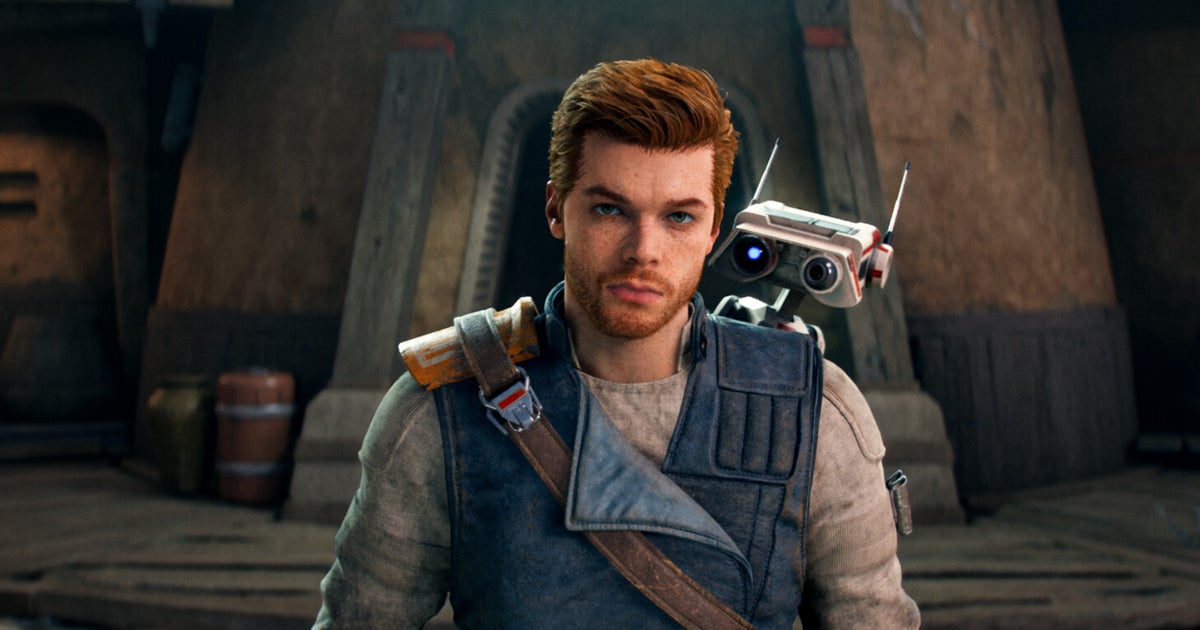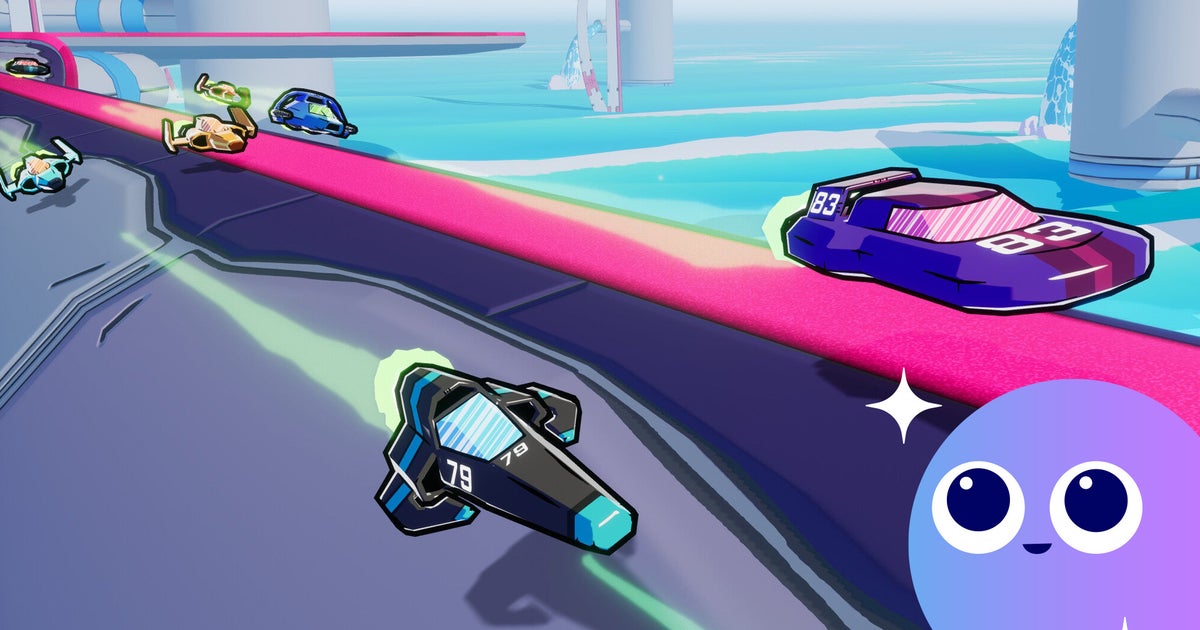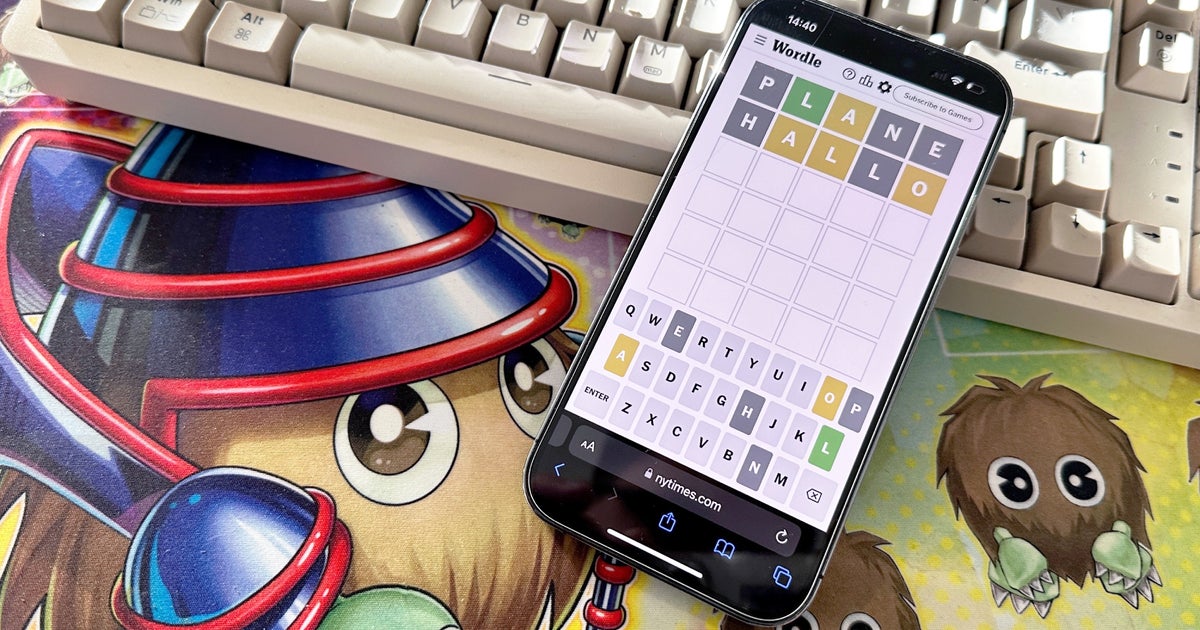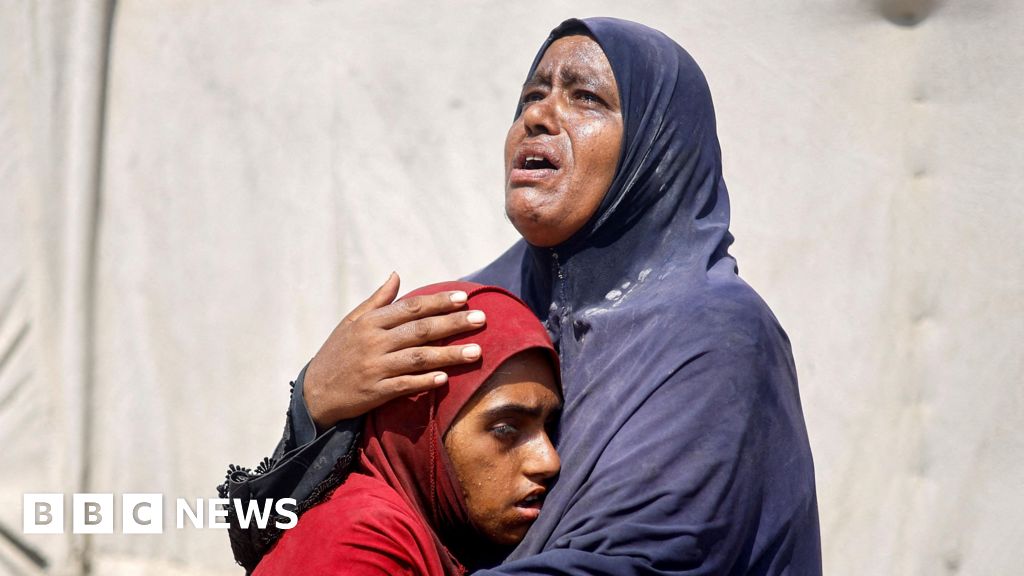Star Wars Jedi: Survivor has received a big update with patch nine, promising improved performance, reduced hitching and presumably a significantly better experience on PC. Does this mean that the game’s long-standing performance issues are finally solved, or are its fundamental challenges too great? We’ve tested the game on a range of hardware to find out and while there are some genuine performance improvements, fundamental problems we’ve discussed many times now are still highly problematic.
One annoying bug certainly seems to have been fixed, however. Shader compilation issues are much improved. The 30-second shader burn now only appears when a new game update or graphics driver is installed, rather than every time you launch the game. This step feels a bit longer too, which suggests it may be capturing more shaders than it did in earlier versions of the game – which could translate into reduced #StutterStruggle.
Unfortunately, while this bug looks to have been fixed, others remain. For example, I discovered the game ran much more slowly after the patch because DLSS performance mode wasn’t active despite being selected. Changing between different DLSS modes didn’t fix the issue, but restarting the game did. Similarly, each time the camera turns in some areas, there are big flashes of culled geometry with a grey or white background behind them manifesting for a few frames, giving the game an unstable look.
As well as issues that have persisted in the game since launch, new bugs have also been introduced – including the game setting the wrong field of view after a cutscene ends, resulting in a zoomed-out presentation. It’s a shame to see the game feel this buggy more than a year after release and after this ninth major patch.
There is good news, though. Performance and frame-time stability has improved with the new patch, with the patch notes mentioning both overall frame-rate improvements and fixes for several sources of frame-time hitching. For example, running across Koboh with the entry-level Ryzen 5 3600, I noted an eight percent performance improvement on low settings with RT disabled. On the Ryzen 7 7800X3D in the same scene at epic settings again without RT, I saw a smaller three percent increase when CPU-limited.
With RT enabled, the performance gains can be more significant. The Ryzen 5 3600 with RT on and epic settings sees a 19 percent performance improvement, while on the Ryzen 7 7800X3D we see a 13 percent improvement in a different scene on Coruscant with patch nine versus patch eight. This can actually increase further depending on what’s on-screen, with holograms no longer dropping performance as severely when they are shown in the latest patch – showing a 30 percent performance boost.
Frame-time stability has also improved on the game I accidentally called “Judder Survivor“. On the Ryzen 5 3600, going through an area of Koboh for the first time resulted in more than two dozen shader compilation stutters, while doing so in the new patch provokes just four. This is still four too many, but the game does feel much better to play in the current patch.
The traversal stutter situation – the frame-time drops you get when moving from one area to another and assets need to be loaded in the background – is slightly more complex. Frame-time spikes are reduced in size and number, but on the flipside, a number of frame-time issues in patch nine still exist on the Ryzen 5 3600, even on the lowest possible settings and with RT disabled. It’s a similar situation with the high-end Ryzen 7 7800X3D, with some stutters disappearing and others more minimised, but there are still 16ms and 33ms jumps that are visible by eye.
With RT on, the situation is less positive, with a disastrously bad frame-time graph for the Ryzen 5 3600 that is somewhat improved versus the previous patch but still doesn’t present smoothly on any display. That even happens on the best gaming CPU, the Ryzen 7 7800X3D, where the frame-time can leap to double, triple or even quadruple when these traversal stutters occur.
Normally we’d recommend capping your frame-rate to have more regular frame-time intervals, but this is of limited effectiveness due to the animation issues present in the game – something that hasn’t improved with the latest patch. In short, in areas where frame-time issues occur (even if they don’t breach the frame-rate cap!) they can still cause misfiring of animation updates, causing character movement and camera movement weirdness. This means that you can have the game locked to 30fps with triple-buffer v-sync, but just running forward causes animation skipping and the camera to look like it’s constantly stopping and starting.
This happens on both the low-end Ryzen 5 3600 and high-end Ryzen 7 7800X3D, so it seems to be due to how the animation system is tied to the game’s tick rate. The only hope for smoothness is to completely disable RT and lock the frame-rate to a low enough value that animation issues are less common, such as 60fps for the 7800X3D, for example. In the far-flung future, when CPUs are twice or three times as powerful as they are now, we may finally be able to experience the game with perfectly smooth 60fps animations.
To sum up then, patch nine does improve overall frame-rates and frame-times on PC, which is commendable, but the game is still broken at some sort of fundamental level and hitches remain distractingly commonplace. Add on the animation issues and other bugs and glitches, and it’s not a great experience. More than 500 days after its initial launch, Jedi: Survivor still isn’t good enough on PC – not by a long shot.



